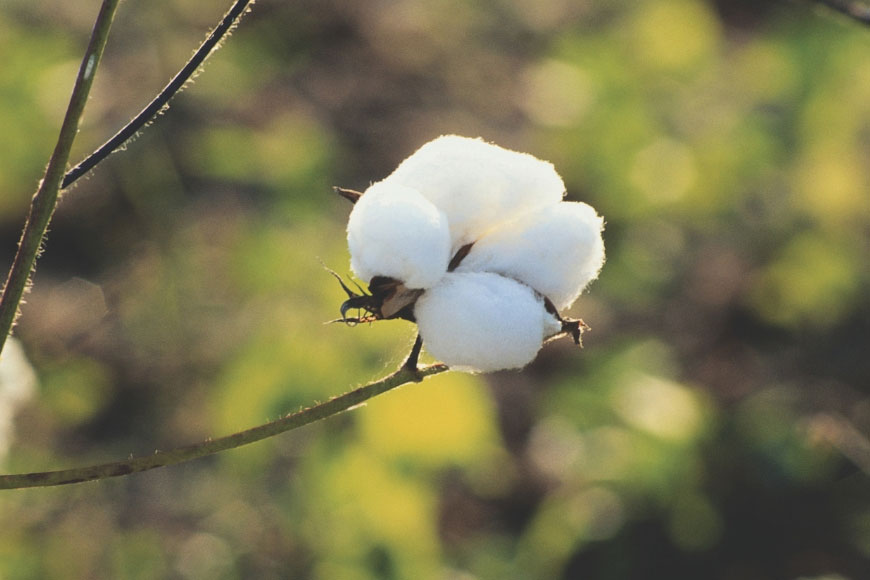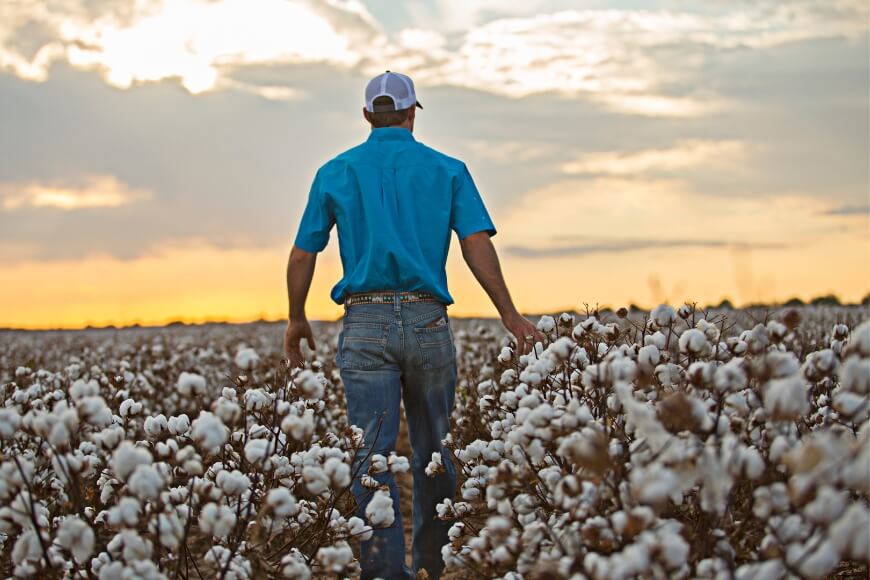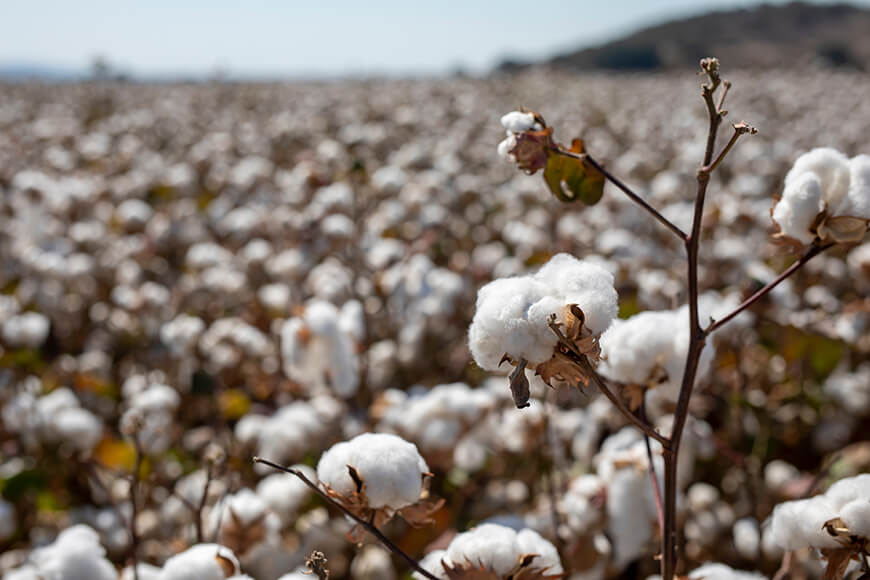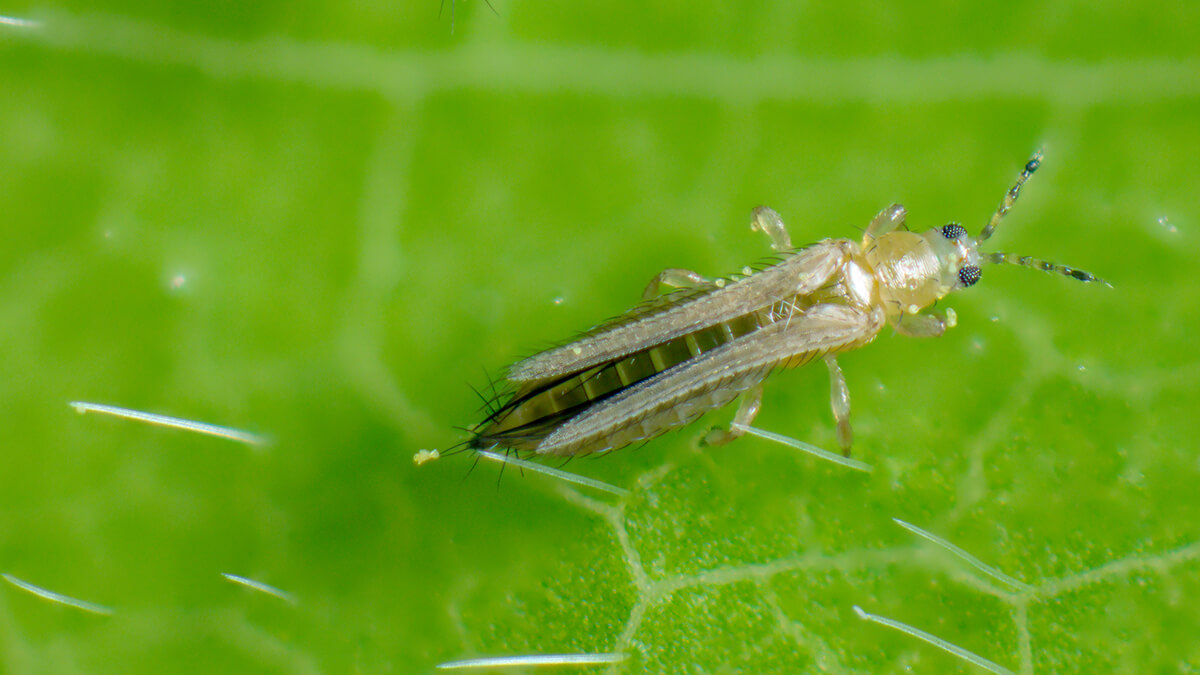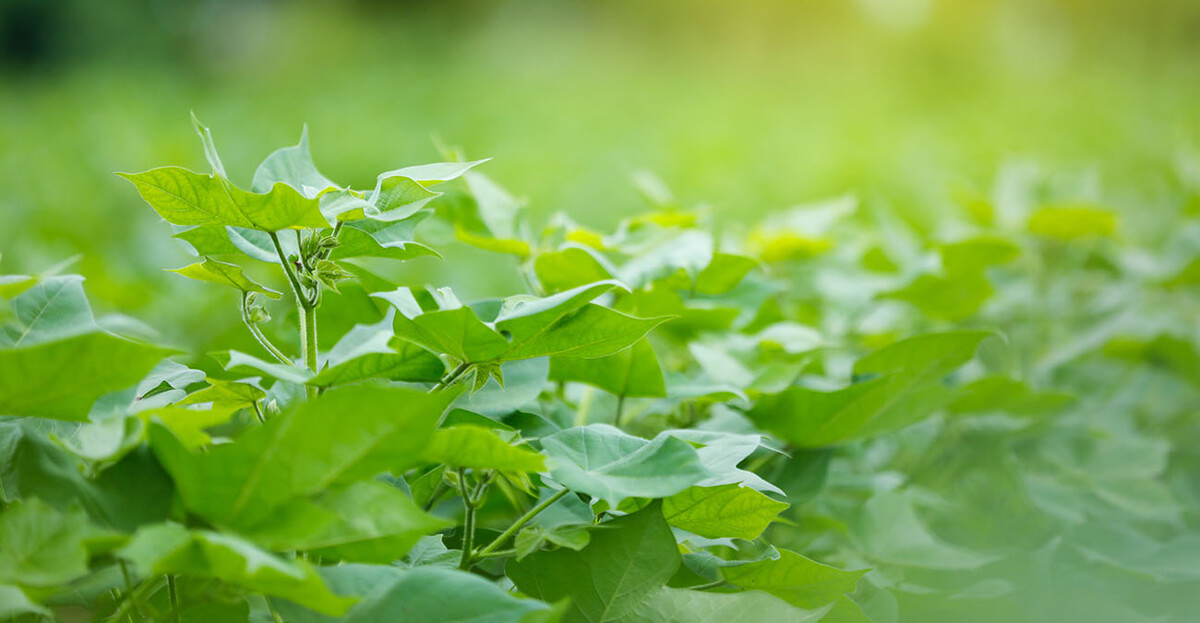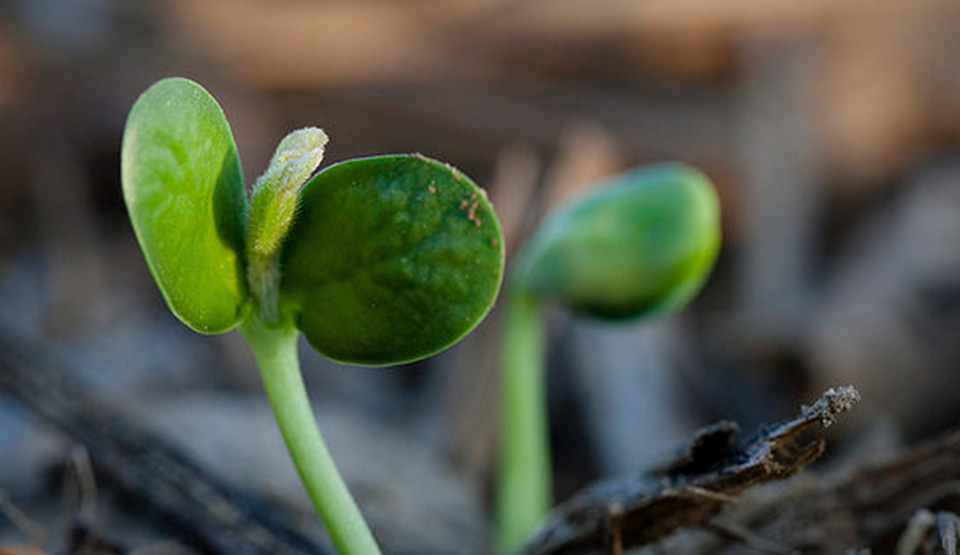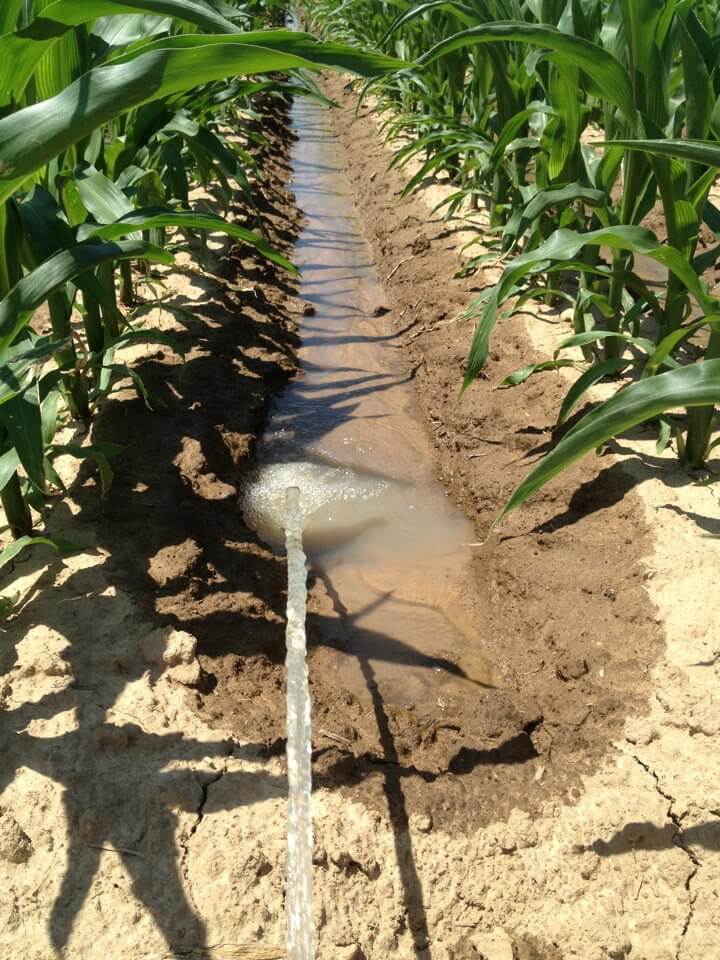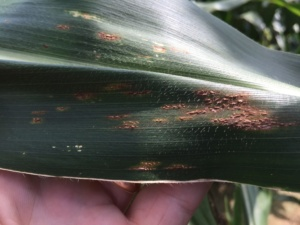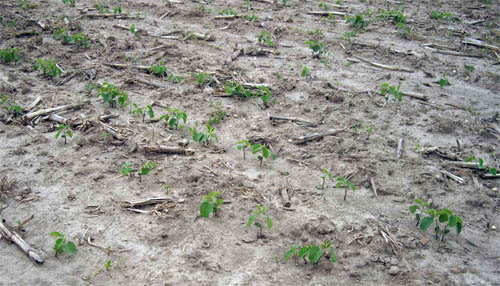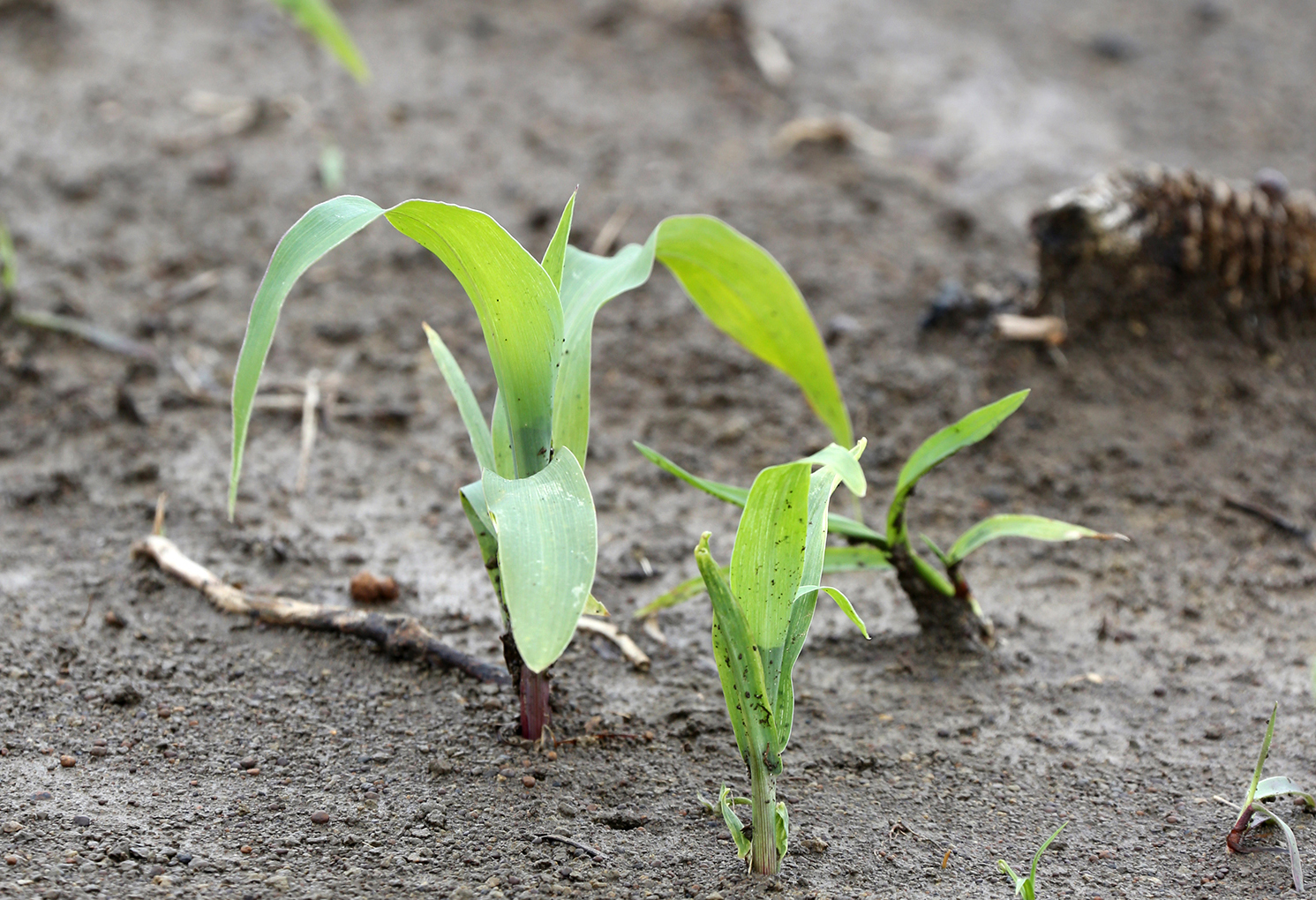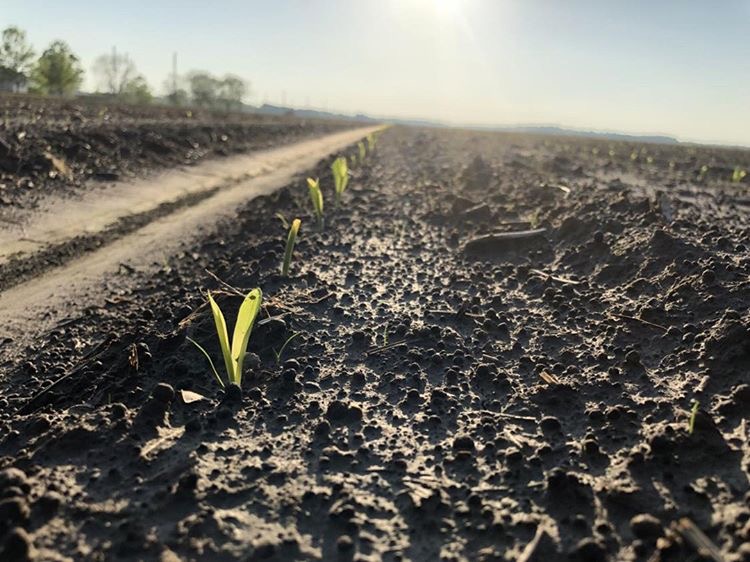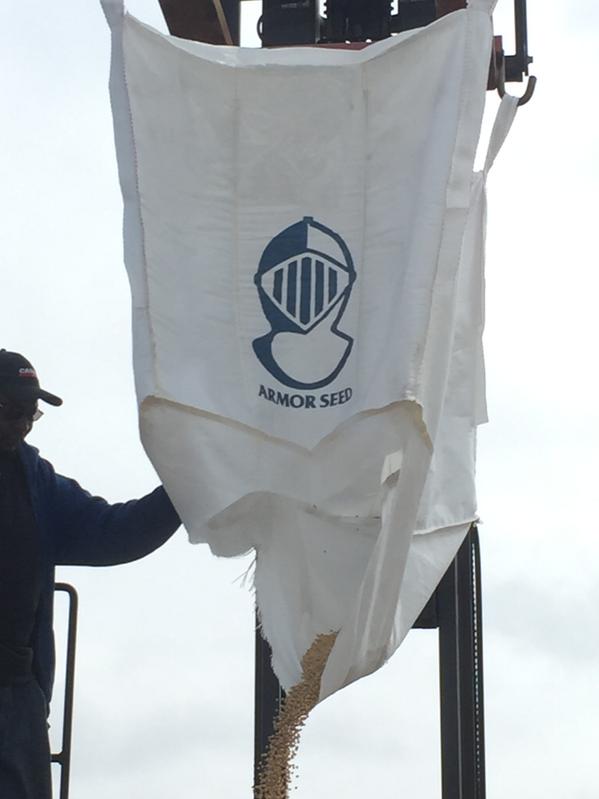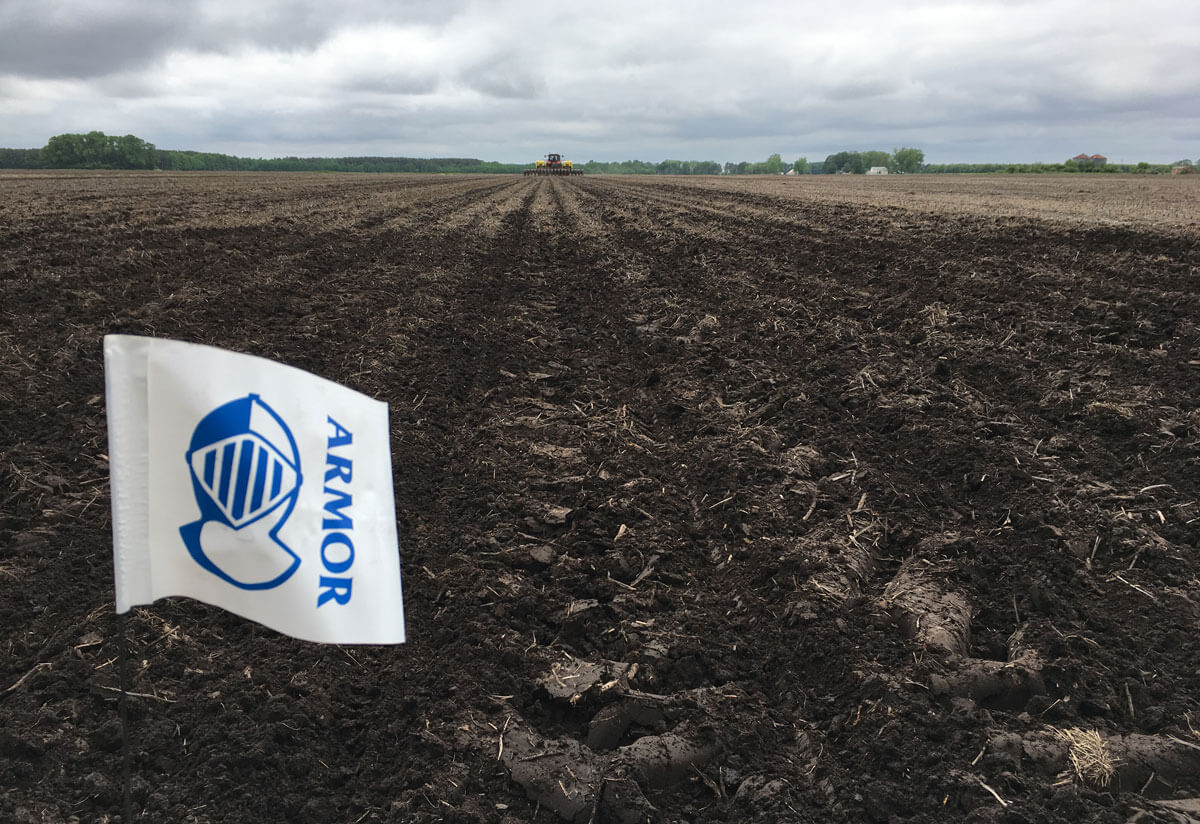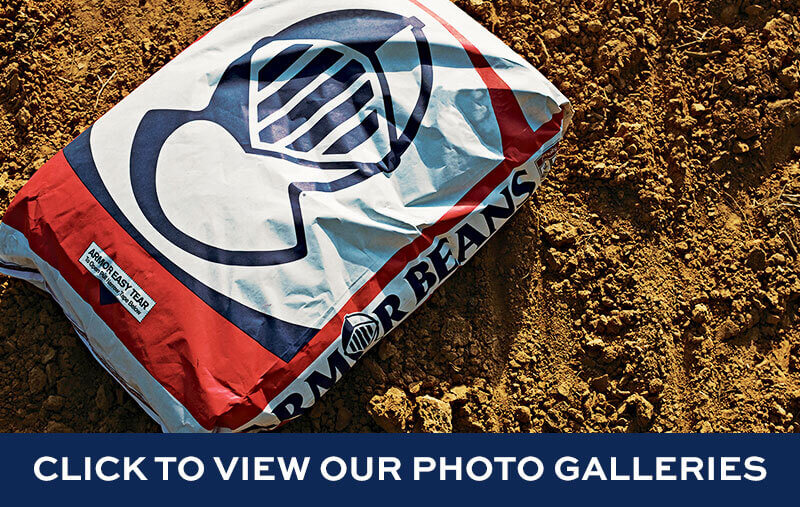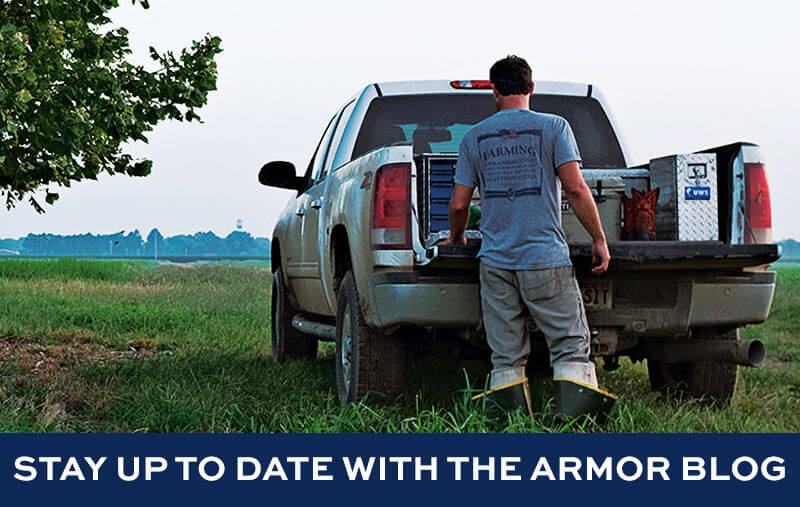Start cotton off strong with tips for early-season weed control, pest management and planting timing.
As we approach the end of the year, it’s a good time to reflect on the season. I’m grateful for the customers and retailers I’ve been able to support this year.
Defoliation and boll opening are natural processes that occur as cotton plants mature, but you’re probably accustomed to using harvest aids to expedite these processes to improve harvest efficiency.
Thrips may be small, but their damage can be mighty. If they’re given a head start and attack emerging cotton plants.
Potassium is a critical macronutrient for cotton production and is needed in large quantities for optimal performance.
Once a crop has been planted, there is little that can be done to reduce incidence or severity of soybean seedling diseases.
One of the most critical late-season management inputs in balancing irrigation needs.
In some areas, we are seeing some issues with rust in our corn crop this year. Much of that has to do with the cooler temperatures and wet weather we’ve experienced.
“Should I replant a poor soybean stand or leave it alone?” Depending on where you are, this decision may be behind you.
With prolonged persistent rains and saturated soil in many areas, there may be concern that some fields may have experienced nitrogen (N) loss. Nitrogen loss depends on many factors.
Growing Degree Days (GDDs)—also known as Heat Units or Growing Degree Units (GDUs)—are a measure of heat accumulation used to help predict plant growth develop...
Many of you use a seed treatment on your beans every year and some of you never use one. That can be chalked up to personal preference as a grower.
So, some of our more southern friends have a jump on the rest of us when it comes to getting their corn in the ground this year.

